Safe flying depends on more than just a pilot’s experience and ability. Pilots also need to be aware of the hazardous attitudes pilots should not have that may influence their judgment and decision-making abilities to avoid dangerous outcomes. hazardous attitudes pilots should not have
The FAA outlines five hazardous attitudes that can compromise a pilot’s decision-making: anti-authority, impulsivity, invulnerability, macho, and resignation. Understanding each of these hazardous attitudes can help pilots of all skill levels manage risk and make safer decisions in the skies.
Here’s the 5 hazardous attitudes pilots should not have:
Anti-authority: “Don’t tell me!”
Pilots with an anti-authority attitude tend to believe that rules, regulations, and safety procedures don’t apply to them. For example, an anti-authority pilot may neglect their checklists or refuse to take advice from instructors or ATC. Be advised that having an anti-authority attitude is different from simply questioning authority. Pilots always have the prerogative to speak up to authority if they believe a mistake has been made.
This attitude is found in people who do not like anyone telling them what to do. In a sense, they are saying, “No one can tell me what to do.” They may be resentful of having someone tell them what to do or may regard rules, regulations, and procedures as silly or unnecessary. This is one of the most hazardous attitudes pilots should not have.
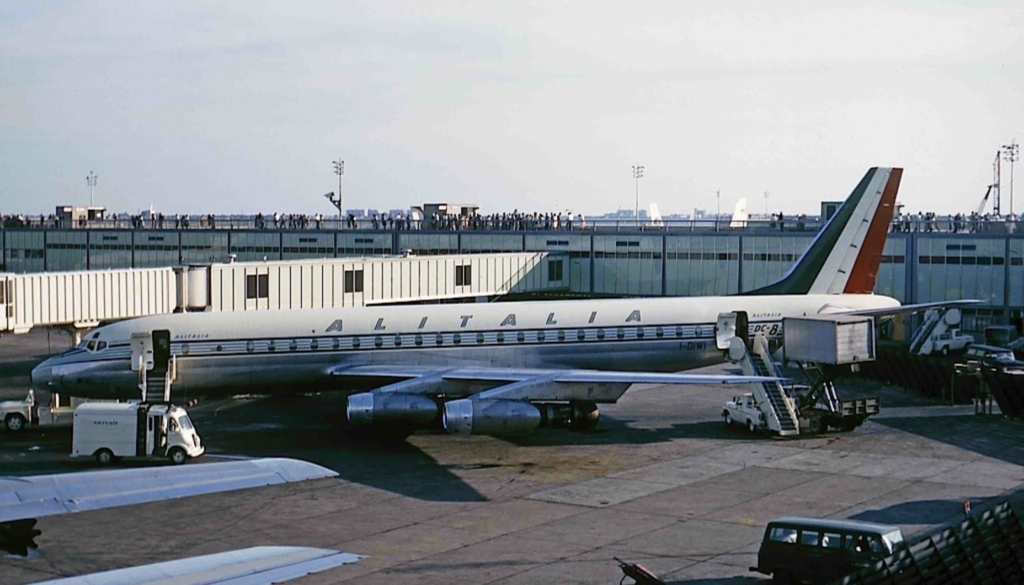
Eg: Alitalia Flight 112 was a scheduled flight from Leonardo da Vinci Airport, in Rome, Italy, to Palermo International Airport in Palermo, Italy, with 115 onboard. On 5 May 1972, it crashed into Mount Longa, about 3 miles (4.8 km) southwest of Palermo while on approach to the airport. Investigators believe that the crew had 3 miles visibility and did not adhere to the established vectors issued by air traffic control. It remains the deadliest single-aircraft disaster in Italy and the second deadliest behind the Linate Airport disaster in 2001. The incident is the worst in Alitalia’s history. A clear case of invulnerability was displayed by the crew.

An Antidote to this attitude is to say to yourself: “I must follow the rules as they are usually right.”
Impulsivity: “Do something quickly!”
According to the FAA, an attitude of impulsivity is found in pilots who “feel the need to do something, anything, immediately.” Instead of taking a moment to think things through or select the best alternative, a pilot with an impulsive attitude does the first thing that comes to mind. Reacting too quickly can lead to irrational decisions, such as skipping a prefight or rushing to get home despite inclement weather. Pilots are encouraged to take time to evaluate their options before choosing a course of action.
This is the attitude of people who frequently feel the need to do something, anything, immediately. They do not stop to think about what they are about to do; they do not select the best alternative, and they do the first thing that comes to mind.
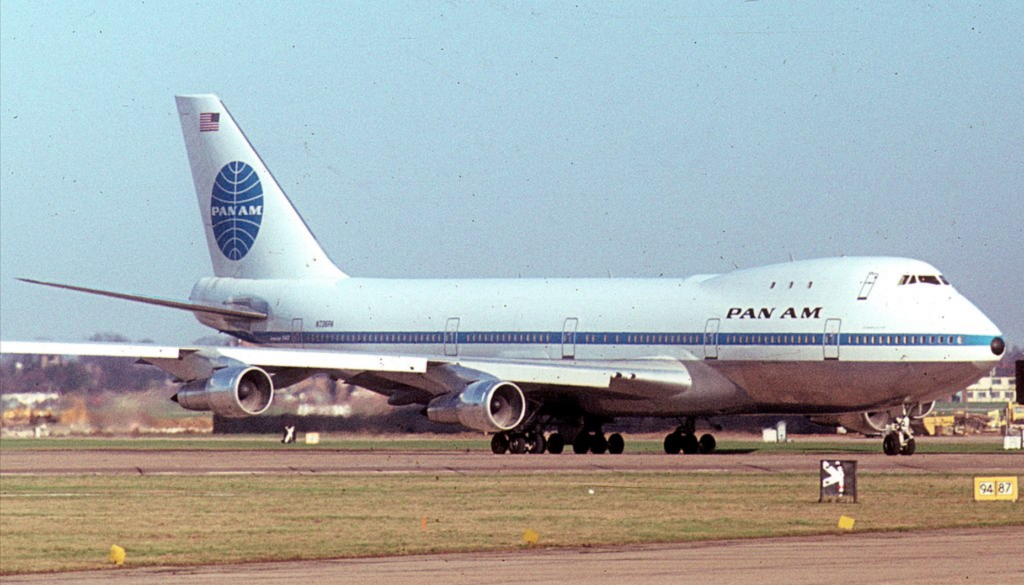
Eg: On March 27, 1977, two Boeing 747 passenger jets, operating KLM Flight 4805 and Pan Am Flight 1736, collided on the runway at Los Rodeos Airport (now Tenerife North Airport) on the Spanish island of Tenerife. Resulting in 583 fatalities, the Tenerife airport disaster is the deadliest in aviation history.
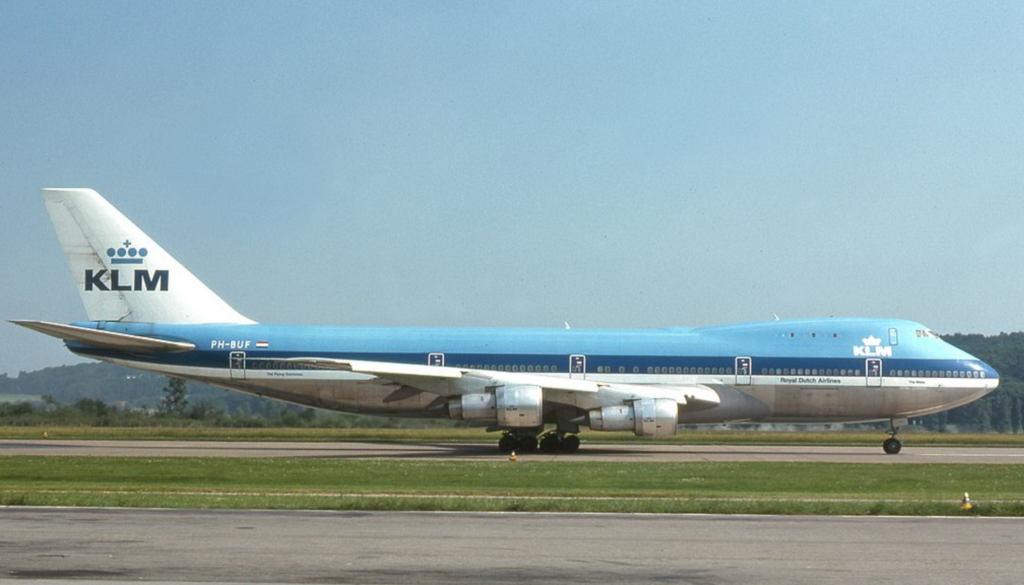
A terrorist incident at Gran Canaria Airport had caused many flights to be diverted to Los Rodeos, including the two aircraft involved in the accident. The airport quickly became congested with parked airplanes blocking the only taxiway and forcing departing aircraft to taxi on the runway instead. Patches of thick fog were drifting across the airfield; hence visibility was greatly reduced for pilots and the control tower.
The collision occurred when the KLM airliner initiated its take-off run while the Pan Am airliner, shrouded in fog, was still on the runway and about to turn off onto the taxiway. The impact and resulting fire killed everyone on board KLM 4805 and most of the occupants of Pan Am 1736, with only 61 survivors in the front section of the aircraft.
The subsequent investigation by Spanish authorities concluded that the primary cause of the accident was the KLM captain’s decision to take off in the mistaken belief that a take-off clearance from air traffic control (ATC) had been issued. Dutch investigators placed a greater emphasis on a mutual misunderstanding in radio communications between the KLM crew and ATC but ultimately KLM admitted that their crew was responsible for the accident and the airline agreed to financially compensate the relatives of all the victims
The disaster had a lasting influence on the industry, highlighting the vital importance of using standardized phraseology in radio communications. Cockpit procedures were also reviewed, contributing to the establishment of crew resource management as a fundamental part of airline pilots’ training.
The impulsive decision-making of the KLM pilot is what many believe is the reason behind this incident.
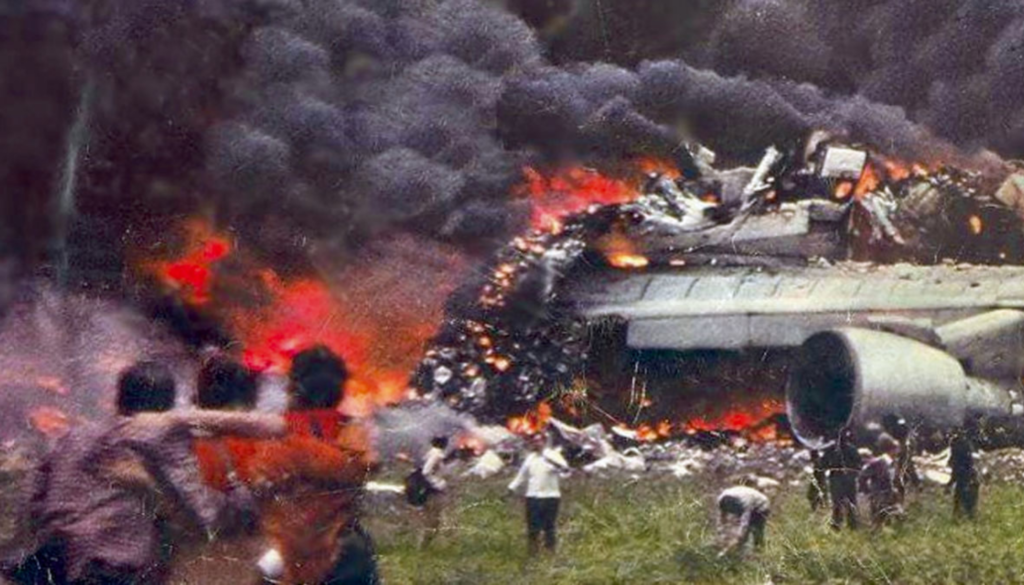
An Antidote to this attitude is to say to yourself: “No so fast. Think first” before engaging yourself in something that might be deemed ‘impulsive’.
Invulnerability: “It won’t happen to me!”
Many people—not just pilots—fall into a pattern of thinking that accidents happen to others, but never to them. This attitude of invulnerability can become a safety concern when pilots fail to consider the risks of their actions.
Many people feel that accidents happen to others, but never to them. They know accidents can, and they know that anyone can be affected. They never really feel or believe that they will be personally involved. Pilots who think this way are more likely to take chances and increase risk
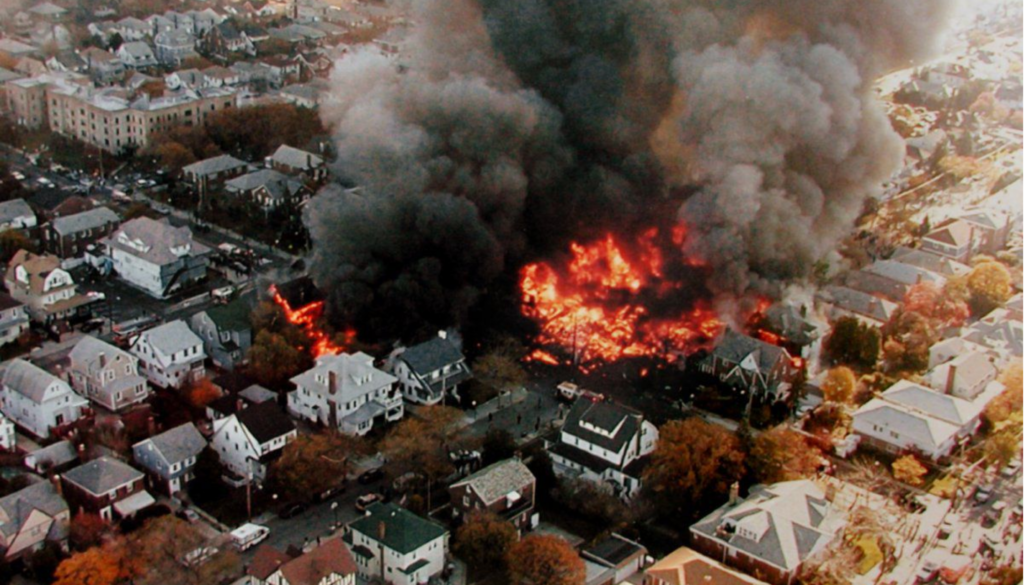
Eg: American Airlines Flight 587 was a regularly scheduled international passenger flight from John F. Kennedy International Airport to Las Américas International Airport in Santo Domingo, the capital of the Dominican Republic. On November 12, 2001, the Airbus A300B4-605R flying the route crashed into the neighborhood of Belle Harbour, on the Rockaway Peninsula of Queens, New York City, shortly after take-off. All 260 people aboard the plane (251 passengers and 9 crew members) were killed, along with five people on the ground. It is the second-deadliest aviation incident involving an Airbus A300 and the second-deadliest aviation accident in U.S. history behind the crash of American Airlines Flight 191 in 1979.
The location of the accident, and the fact that it took place two months and one day after the September 11 attacks on the World Trade Center in nearby Manhattan, initially spawned fears of another terrorist attack, but the National Transportation Safety Board (NTSB) attributed the disaster to the first officer’s overuse of rudder controls in response to wake turbulence from a preceding Japan Airlines Boeing 747-400 that took off minutes before it. According to the NTSB, the aggressive use of the rudder controls by the first officer stressed the vertical stabilizer until it separated from the aircraft. The airliner’s two engines also separated from the aircraft before impact due to the intense forces.
An Antidote to this attitude is to say to yourself: “It could happen to me”
Macho: “I can do it!”
Pilots with a macho attitude are always trying to impress others and prove themselves by taking unnecessary risks. Both men and women are susceptible to a macho attitude, which leads to foolish and often dangerous behavior. While pilots must have a high level of confidence in their abilities, it’s important to avoid becoming overconfident and adopting a macho attitude.
Pilots who are always trying to prove that they are better than anyone else is thinking, “I can do it. I’ll show them.” Pilots with this type of attitude will try to prove themselves by taking risks to impress others. While this pattern is thought to be a male characteristic, women are equally susceptible to it.
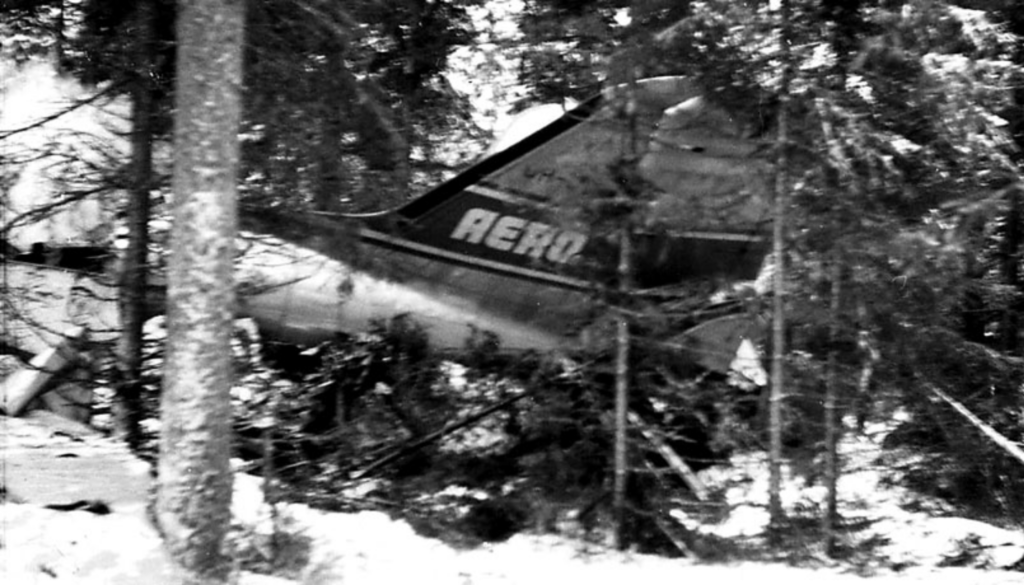
Eg: Aero O/Y Flight 311 (AY311), often referred to as the Kvevlax air disaster, was a scheduled domestic passenger flight operated by Aero O/Y (now Finnair) between Kronoby and Vaasa in Finland. The aircraft, a Douglas DC-3, crashed in the municipality Kvevlax (Finnish: Koivulahti), nowadays part of Korsholm (Finnish: Mustasaari) on 3 January 1961, killing all twenty-five people on board. The disaster remains the deadliest civilian aviation accident in Finnish history The investigation revealed that both pilots were intoxicated and should not have been flying. The macho attitude towards operating an aircraft while being intoxicated is something unacceptable.
An Antidote to this attitude is to say to yourself: “Taking chances is foolish.” As it might risk the life of my own and all the souls present in the flight with me.
Resignation: “What’s the use?”
Finally, pilots with an attitude of resignation lack the confidence and conviction to believe they can make a difference in what happens to them. These pilots tend to give up easily when faced with challenges and don’t take criticism well. This attitude is particularly dangerous for pilots in an emergency because they may believe they are helpless and resign to their fate instead of taking action.
Pilots who think, “What’s the use?” do not see themselves as being able to make a great deal of difference in what happens to them. When things go well, the pilot is apt to think that it is good luck.
When things go badly, the pilot may feel that someone is out to get me or attribute it to bad luck. The pilot will leave the action to others, for better or worse.

Eg: In 1999, EgyptAir Flight 990 crashed near Nantucket, Massachusetts, killing 217 people. Before the crash, the plane’s pilot had excused himself to go to the bathroom. The black box recorder then picked up unintelligible commotion and banging on the door. The co-pilot, Gamil El Batouty, could be heard muttering over and over, “I rely on God. I rely on God. I rely on God. I rely on God.” The captain eventually forced his back way in and could be heard saying, “What is this? Did you shut the engine[s]?” As the plane crashed, the captain was heard trying to right the plane, saying, “Pull with me. Pull with me.” A clear case of the co-pilot just giving up on the aircraft.
An Antidote to this attitude is to say to yourself: “I’m not helpless, I can make a difference.” As there is always something you can do to make a difference.
The truth is, anyone can be guilty of one or more of the hazardous attitudes pilots should not have, which are a normal part of human nature. Understanding these attitudes and recognizing when they occur will help pilots make better decisions and avoid unnecessary danger.
Learn to become an impeccable pilot with SFA&ATP. Click here to know more about our pilot training courses.
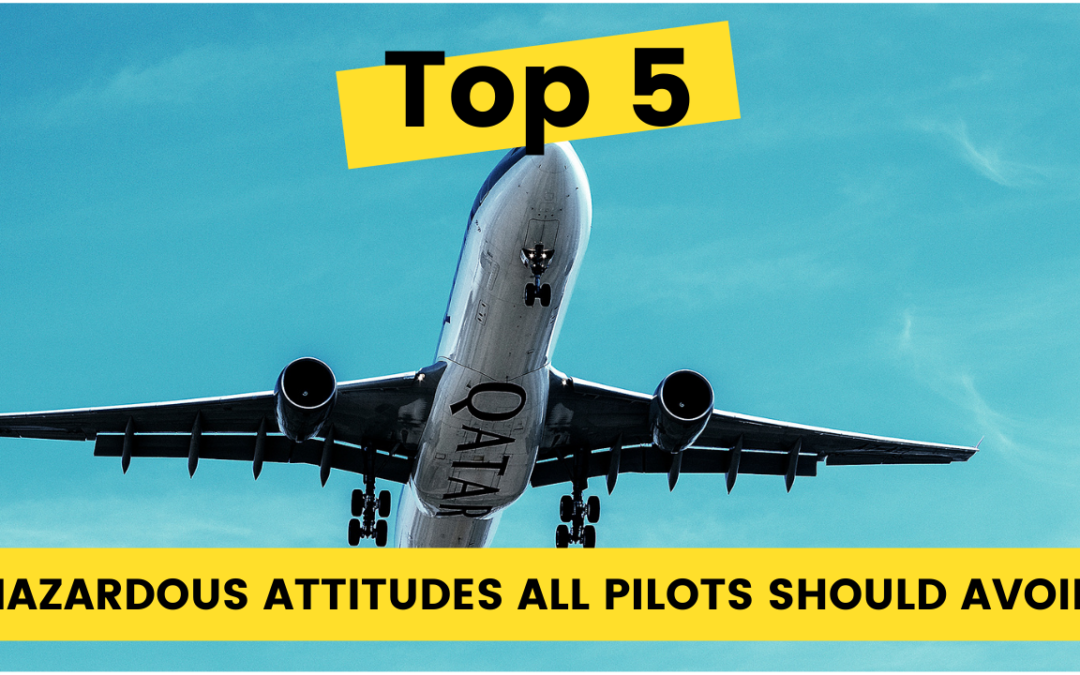
I admire the valuable facts you provide inside your content. I will bookmark your weblog and also have my youngsters check up right here frequently. I am fairly positive theyll learn lots of new stuff here than anybody else!
Just to let you know, this page seems a little bit odd from my smart phone. Who knows perhaps it really is just my phone. Great post by the way.